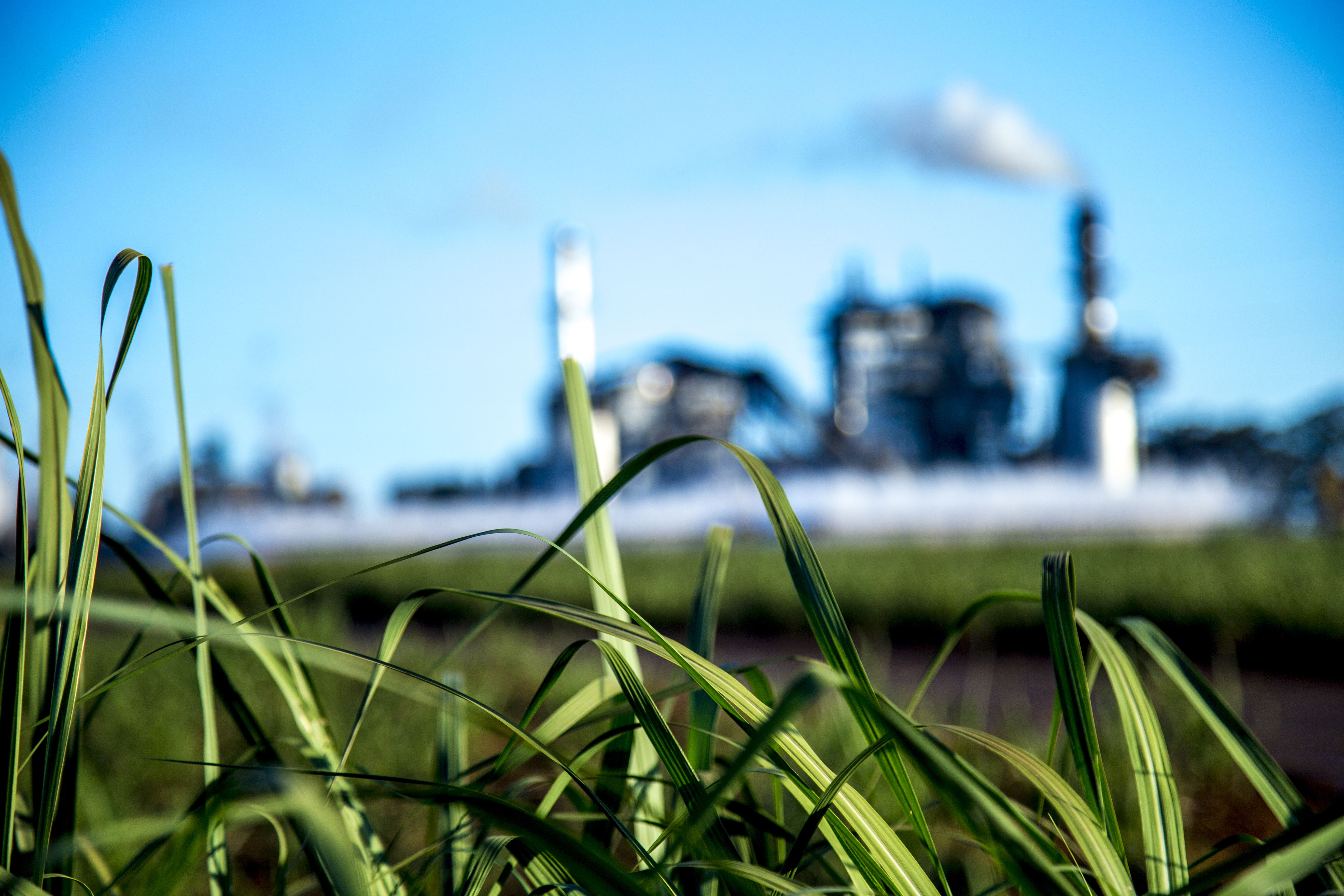Responsible Manufacturing
AMR Industry Alliance Antibiotic Discharge Targets
On June 14, 2022, AMRIA published its Antibiotic Manufacturing Standard: Minimizing risk of developing antibiotic resistance and aquatic ecotoxicity in the environment resulting from the manufacturing of human antibiotics. The Standard, facilitated by BSI Standards Limited (BSI), provides clear guidance to manufacturers in the global antibiotic supply chain to ensure that their antibiotics are made responsibly, helping to minimize the risk of AMR in the environment.
In 2018, AMR Alliance generic and research-based pharmaceutical companies agreed on a framework that promotes responsible antibiotic manufacturing. Continuing our efforts to minimize the potential impact of pharmaceutical manufacturing on the spread of antimicrobial resistance (AMR), the AMR Industry Alliance recently led research (results published in Society of Environmental Toxicity and Chemistry in early 2022) to further establish a default predicted no-effect concentration (PNECs) for those antibiotics not currently on the list of 125 antibiotics studied by the Alliance team. This publication is an important step in the continuing journey as companies work toward achieving these target values. The default value of 0.05 µg/L for antibiotics is based on statistical evaluation and is a conservative calculation. This new study provides data-driven guidance to manufacturers of those antibiotics not on the PNEC list on minimizing antibiotic resistance and environmental toxicity.
The AMR Industry Alliance believes working toward achieving these antibiotic discharge concentration targets will be both protective of ecological resources and also lower the potential for the evolution and selection of AMR in the environment. It is important to note that these values are recommended based on currently available information, thus, may change as new reliable and relevant information generated to recognized protocols comes to light.
An effective way to manage antibiotic discharge from all sources requires a multi-stakeholder collaboration. We are aligned in our intent to collaborate with relevant stakeholders to bring our industry knowledge to finding a sustainable solution. The Alliance companies will continue to take action and share their experiences to reduce environmental impact from the production of antibiotics. Continued engagement in scientific discussion with all stakeholders with the aims of expanding the knowledge-base, developing and improving ways to assess risks, and optimizing strategies to deal with AMR, without compromising patient access to necessary medicines, is fundamental to continuing to develops ways to mitigate against AMR.
Peer-reviewed articles:

